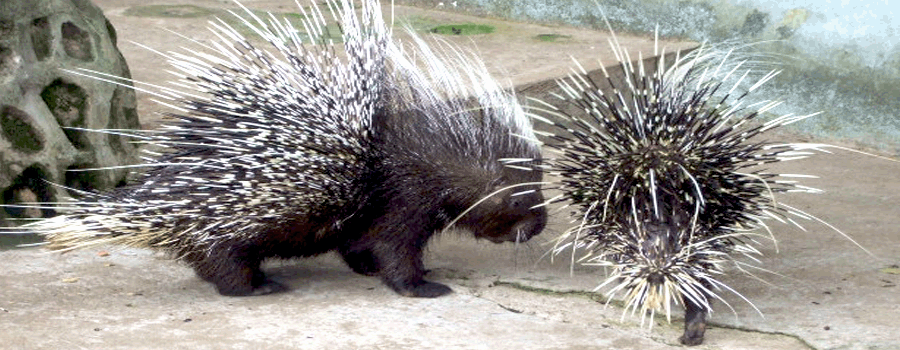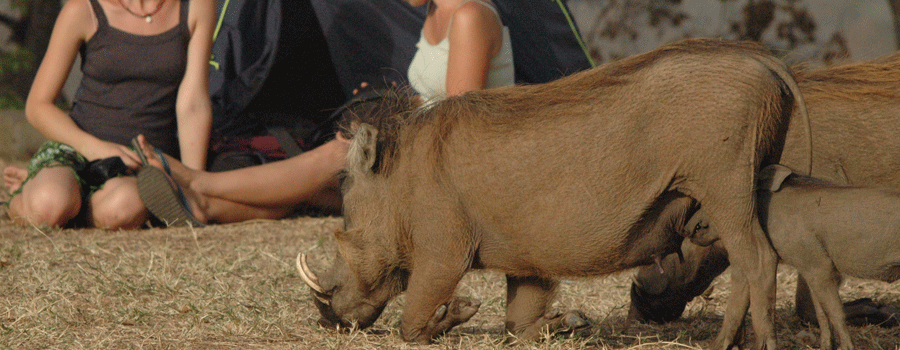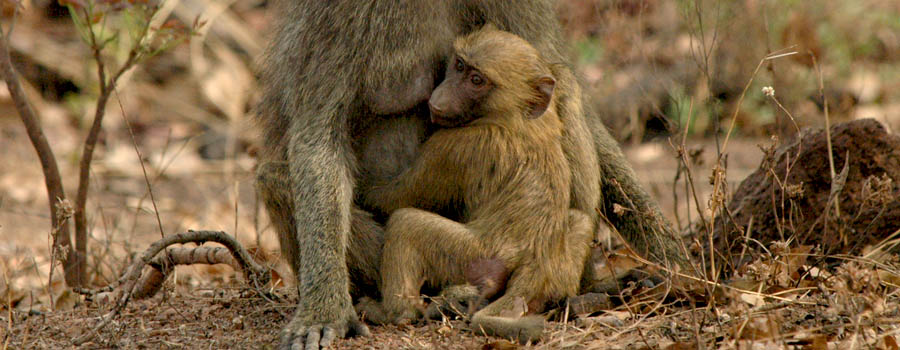

Mole National Park - Wildlife Closeup Tour Package,
Read More

Birdwatching at Amanzuri Wetlands
Read More

Wetlands Experience. . Read More
|
|
DIGYA NATIONAL PARK
Digya National Park covers 3,473 square kilometres and is located in the Ashanti and Brong Ahafo Regions of Ghana. The eastern side of the park is bounded by the vast Volta Lake, the largest man-made lake in the world. Two arms of the Volta Lake, the Digya and Obosom rivers curve around the almost peninsular park in the north and south. Digya is the oldest protected area in Ghana, created in 1900 and designated as a National Park in 1971.
Wildlife found in the park includes elephants, buffalos, leopards, waterbucks and bushbucks. There are also several types of duikers and primate species include the mona monkey, black and white colobus, patas monkey, green monkey and olive baboon. Manatees are still found in some arms of the Volta Lake, which makes Digya very special.
There are also several snakes and crocodiles. The nocturnal species of Digya include servals, jackals, genets and civet cats, galagos and pottos.
Bird life in Digya is prolific with at least 236 species. Species of interest include the African Reed Warbler Acrocephalus scirpaceus baeticatus found nesting on the N. lake-shore, a completely new population and a first for Ghana; the Black-backed Cisticola Cisticola eximius found in the same area represents the first mention in Ghana away from the coastal plains. Other species of interest are those from the northern savannas reaching their southern limits in Digya (e.g. Verreaux's Eagle Owl Bubo lacteus and Sun Lark Galerida modesta), and some of the forest-edge birds in the south-west, such as the little-known Pale-fronted Negrofinch Nigrita luteifrons, African Barred Owlet Glaucidium capense, and Thick-billed Cuckoo Pachycoccyx audeberti which is very common.
Vegetation: Digya is located in the transition zone and has a range of land forms and vegetation including areas of tall grass open woodland, forested areas, riverine forest, perennial streams and small hilly outcrops. There are wetlands in the north, east and south. Digya has some interesting small lakes.
Facilities: Digya is still largely undeveloped and the Wildlife Division is trying to develop park management, infrastructure and tourism facilities in collaboration with the private sector and donors. Community participation will be an important aspect of park development so that communities around the park may benefit.
Getting to Digya. The park has a north access from Atebubu. Go through Kwame Danso in the in the Brong Ahafo Region and through Donkorkrom in the Eastern Region. The Regional Wildlife Office is located at Atebubu where relatively good hotels and eating places may be found. Visitors to the Atebubu and Donkorkrom areas may also visit the local market to see the lively African version of Commerce.
|





